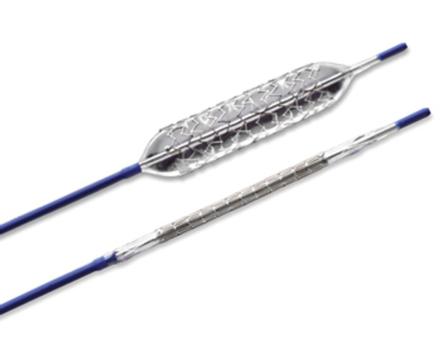
Covidien announced on 20 February 2013 the completion of patient enrolment in its iliac stent clinical study series. The series is composed of two prospective, multinational, multicentre studies—VISIBILITY Iliac and DURABILITY Iliac.
According to a company release, each study is designed to evaluate the safety and effectiveness of using either balloon expandable or self-expanding stents to treat peripheral arterial disease in the common iliac and external iliac arteries. Located in the lower abdomen, the common iliac and external iliac arteries are the main conduits delivering blood to the arteries in the legs.
According to the American Heart Association, approximately eight million people in the USA suffer from peripheral arterial disease, which affects blood vessels throughout the body.
“We are very pleased to report the completion of enrolment in these two studies, as the results will add important clinical data around treatment for patients with peripheral arterial disease,” said Mark A Turco, chief medical officer, Vascular Therapies, Covidien. “The results of the studies will enable physicians to make evidence-based decisions to allow for optimal patient outcomes. Covidien remains committed to bringing clinical data to the forefront, while working toward obtaining important disease and anatomic- specific labeling indications for our products.”
VISIBILITY Iliac and DURABILITY Iliac study designs
VISIBILITY Iliac and DURABILITY Iliac are prospective studies being conducted at 23 centres in the USA and Europe. Of the 150 patients enrolled in the studies, 75 were treated with the Visi-Pro balloon expandable stent system in VISIBILITY Iliac, and 75 were treated with either the EverFlex self-expanding stent system or the Protégé GPS self-expanding nitinol stent and delivery technology in DURABILITY Iliac. Primary effectiveness of the stents and incidence of major adverse events will be evaluated through nine months, and patients in the study will be followed for a total of three years.
“The completion of enrolment in the VISIBILITY Iliac study marks a significant milestone in the progress toward completion of this important phase II trial,” said Peter L Faries, chief of Vascular Surgery at Mount Sinai School of Medicine in New York, USA. “Enrolment was completed well ahead of schedule. We believe the rapid enrolment reflects both enthusiasm for the promise of this technology and the unique trial design that allowed treatment of concurrent infrainguinal occlusive disease if needed by the patient.”
“Aortoiliac occlusive disease remains an important cause of vascular disability,” added John H Rundback, medical director of the Interventional Institute at Holy Name Medical Center in Teaneck, New Jersey, USA. “We believe the outcomes from the DURABILITY Iliac study will validate the effectiveness of the self-expanding EverFlex and GPS stents, supporting the role of endovascular treatment in patients with both simple and complex iliac lesions to improve and maintain quality of life. The combined DURABILITY Iliac and VISIBILITY Iliac studies will provide a comprehensive evaluation of two complementary stent systems for the successful resolution of symptomatic aortoiliac obstructions.”
Faries and Rundback served as co-principal investigators for both the DURABILITY Iliac and VISIBILITY Iliac studies.













